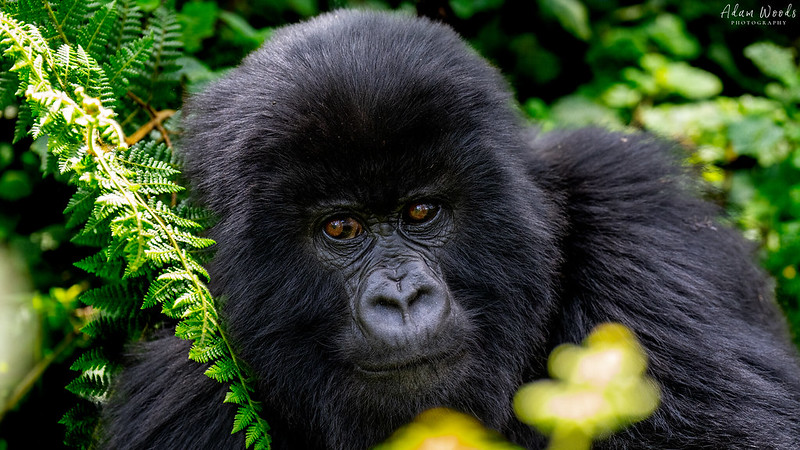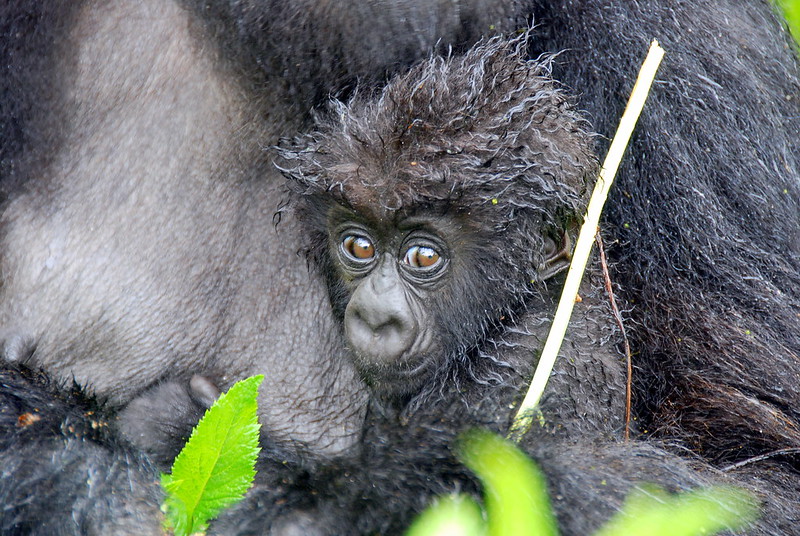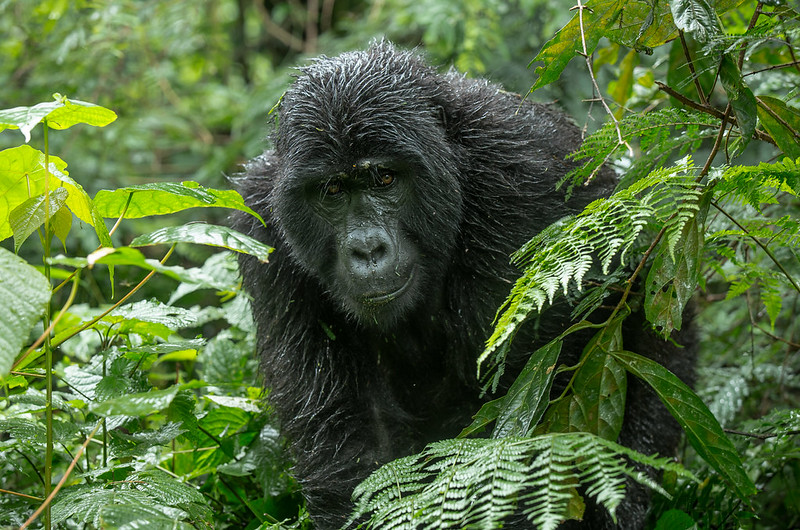Conservation of Mountain Gorillas in Uganda
Mountain Gorilla Conservation in Uganda, the park is owned by the Uganda Wildlife Authority, a parastatal government body. The park has total protection, although communities adjacent to the park can access some of its resources.

The areas bordering the park have a high population density of more than 300 people per square kilometer. Some of the people who live in these areas are among the poorest people in Uganda. The high population and poor agricultural practices place a great deal of pressure on Bwindi forest, and are one of the biggest threats to the park. 90% of the people are dependent on subsistence agriculture, as agriculture is one of the area’s few ways of earning income.

This closing of access caused large amounts of resentment and conflict among these local communities and park authorities. The Batwa, a group that has relied on the forest, were badly affected. The Batwa fished, harvested wild yams, wild honey and their ancestral sites were located in the park. Despite the Batwa people’s historical claim to land rights and having lived in the area for generations without destroying the area’s ecosystem, they did not benefit from any national compensation scheme when they were evicted.

Non-Batwa farmers who had cut down the forested areas in order to cultivate them, received compensation and their land rights were recognized. People have lost livestock and crops from wildlife, and there have been some human deaths. The habituation of gorillas to humans in order to facilitate tourism may have increased the damage they do to local people’s property because their fear of people has decreased.
Tourism and Mountain Gorilla Conservation in Uganda
Tourists can visit the park any time throughout the year, although conditions in the park are more difficult during the rainy season. Available tourist accommodation includes a lodge, tented camps, and cheaper rooms run by the local community, located near the Buhoma entrance gate. The park is in a remote location, and reaching the park involves a long difficult journey. Roads are in a bad condition. Bwindi Community Hospital provides health care to 40,000 people in the area and to visiting tourists.
Gorilla tracking is the park’s main tourist attraction.
Tourists wishing to track gorillas must first obtain a permit to do so. Selected gorillas families have been habituated to human presence and the number of visitors is tightly controlled to prevent degradation of the habitat and risks to the gorillas. Gorilla tracking generates much revenue for Uganda Wildlife Authority. The gorillas seldom react to tourists. There are strict rules for tourists to minimize the risk of diseases passing from them to the gorillas. Uganda, Rwanda, and the Democratic Republic of the Congo are the only countries where it is possible to visit mountain gorillas. Guided walks through the forest include a walk to a waterfall, and walks for monkey watching and birding.


